Overclocking
We plumbed in our usual 1.425V along with a x40 multiplier and happily the board seemed perfectly at home here at 4GHz using our Ryzen 7 1700. The only issue we did see was that the VRM heatsink got red hot after lengthy benchmarking sessions. There was no throttling, despite the fact we used an all-in-one liquid-cooler that didn't blow any air onto the PCB, but then we were using the PC on a test bench and not in a dinky mini-ITX case. In short, you'll probably want to make sure the board receives some direct airflow onto that heatsink if you plan on overclocking.
Gigabyte's AM4 EFI has been discussed previously here, and you can see our coverage of Gigabyte's latest board software here.
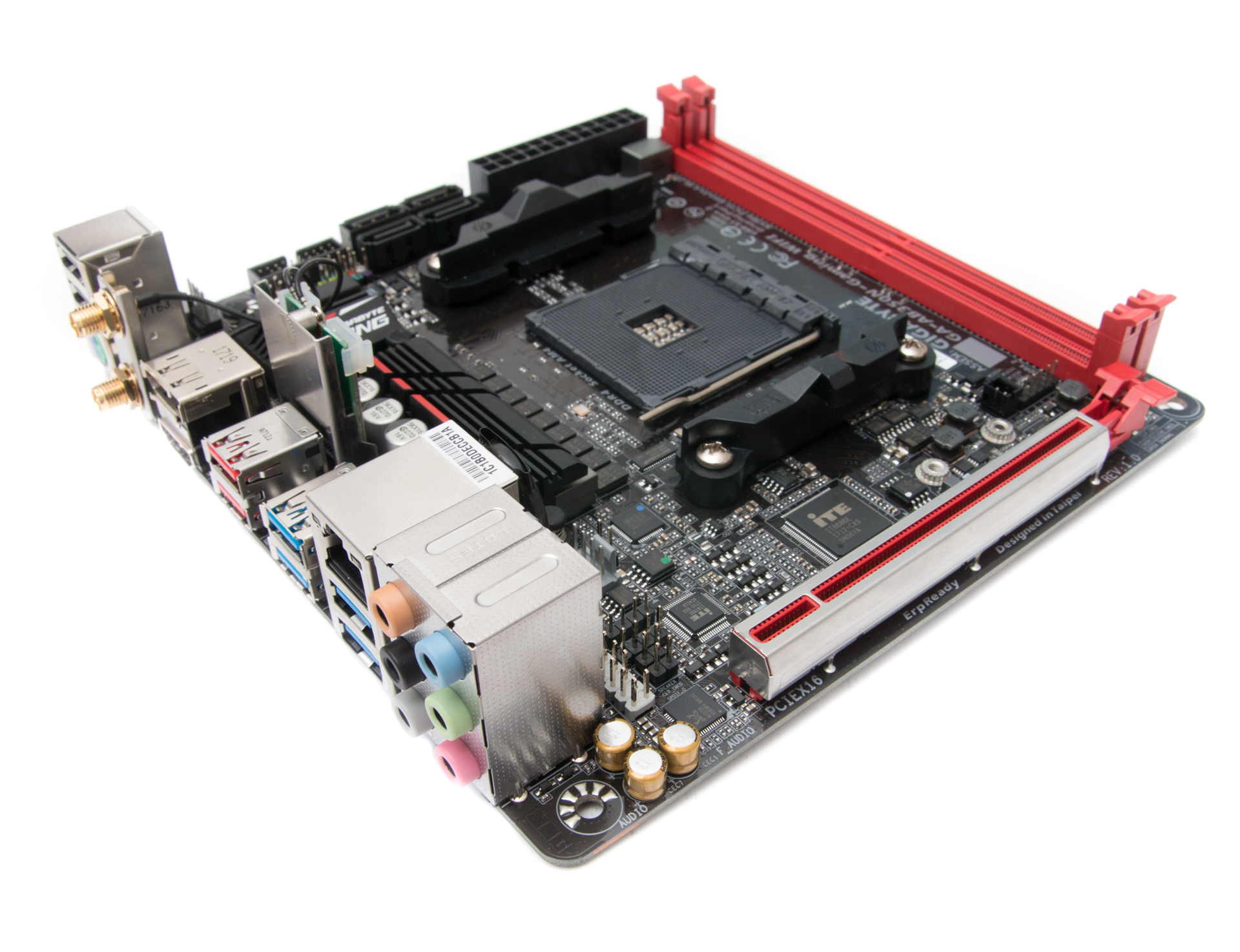
Performance Analysis
As you'd expect from a modern mini-ITX motherboard, there's next to no difference between it and its larger siblings in performance terms, which is great news for anyone wanting to build a tiny Ryzen system. There were no standout results to speak of, but it didn't trail behind either and managed to max-out our Samsung 960 Evo M.2 SSD too with read and write speeds of 3,345MB/s and 1,812MB/s respectively.
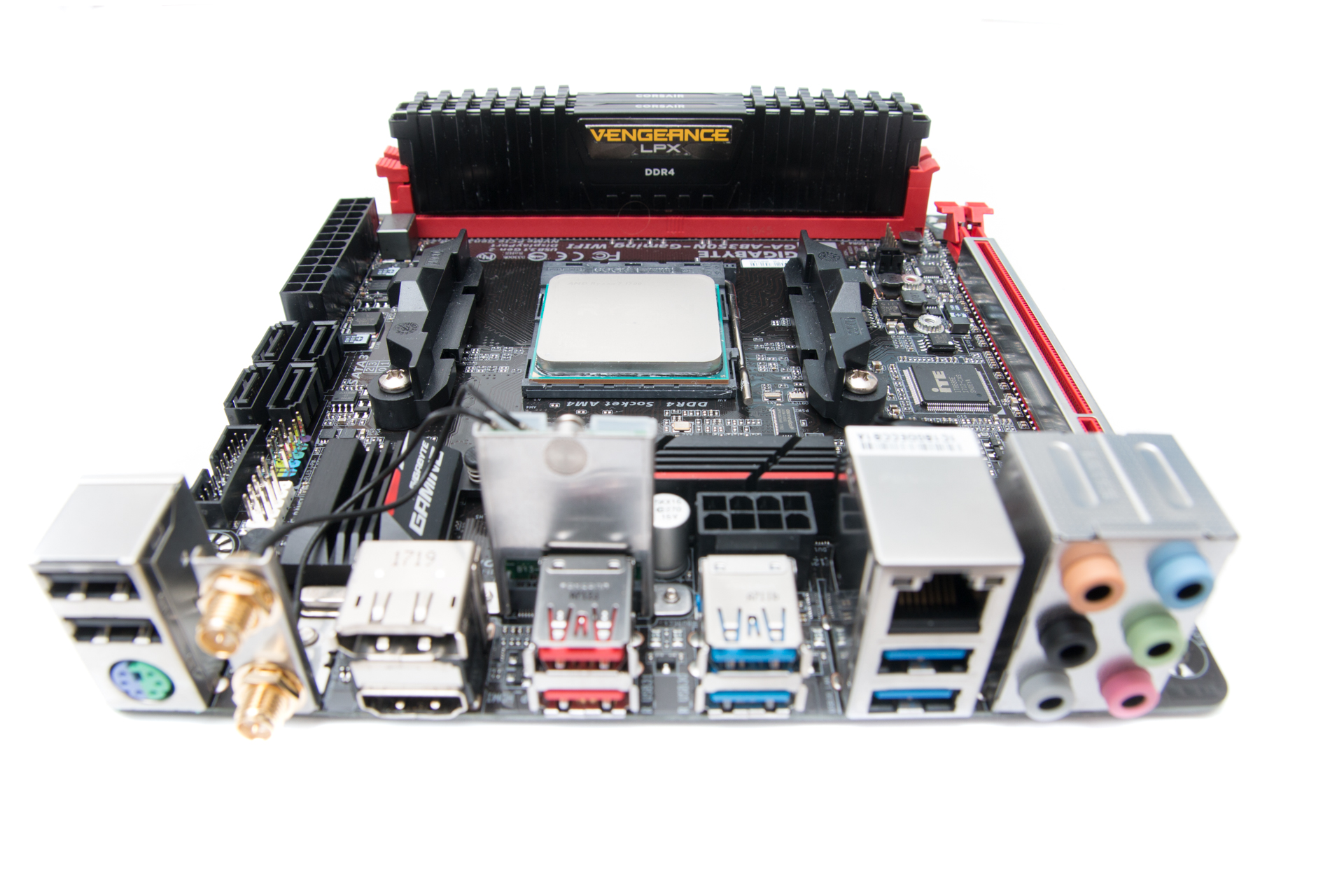
Conclusion
Ultimately, the two main flies in the ointment - the layout and mediocre audio performance - are easily cast aside given the price of this board. It's amazing to think that you could pair it with a Ryzen 3 1200 - an overclockable quad-core processor and still have change from £200, which is £20 less than the Core i5-7600K costs on its own - a CPU that the Ryzen 3 1200 comes close to matching in some multi-threaded tests once it's overclocked.
It's maybe a shame that we don't see some more feature-rich, high-end models around, but Ryzen is also about value, and the AB350N-Gaming WiFi fits well into this ethos. Equally, though, this is also a great board for a mini budget system or a multi-threaded mini powerhouse.


MSI MPG Velox 100R Chassis Review
October 14 2021 | 15:04

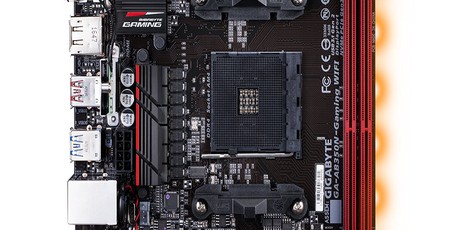
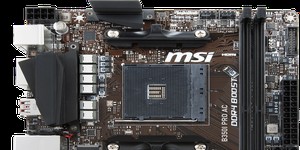
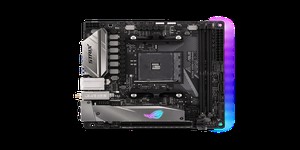
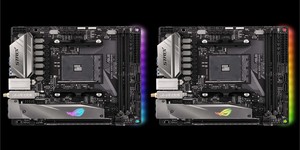




Want to comment? Please log in.